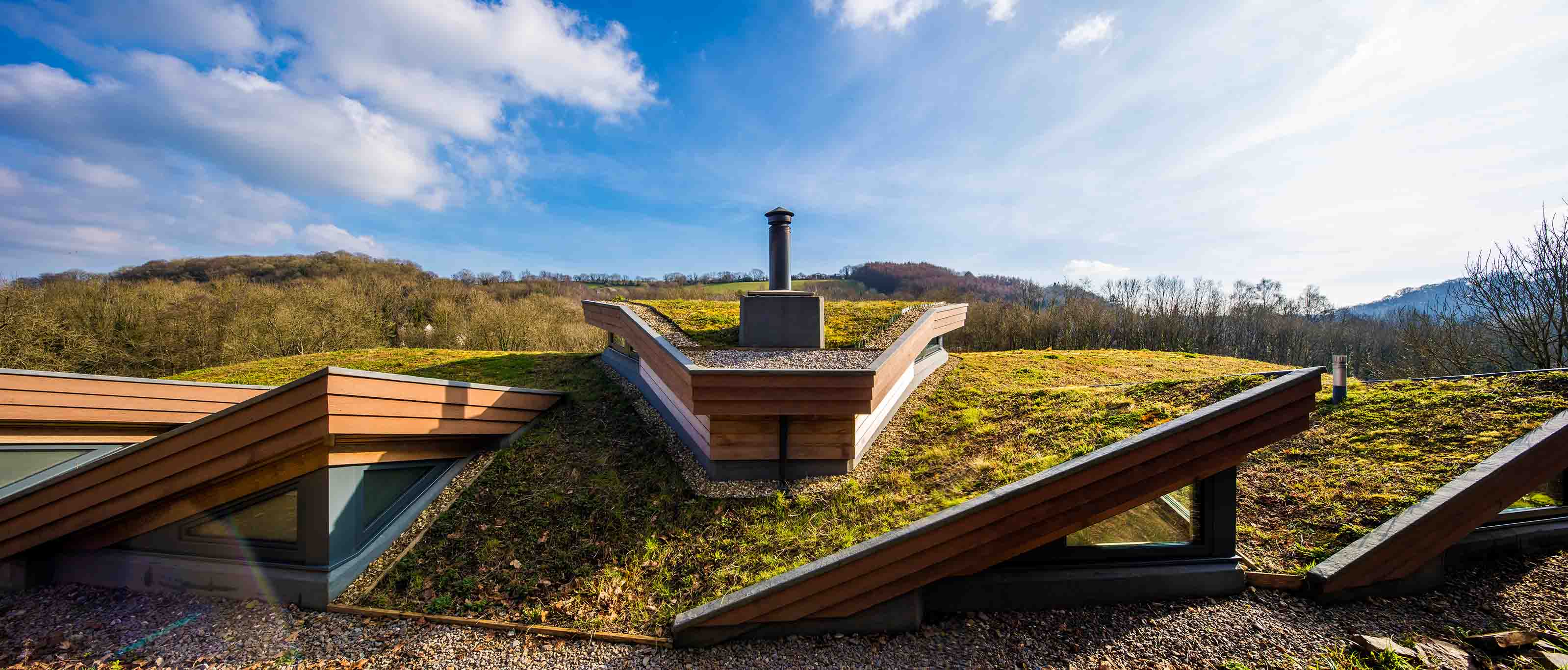
Sustainability drives everything we do
Sustainability isn't an afterthought. It's fundamental to how we operate, from responsibly sourced materials to exceptional energy performance and enduring durability.
Expertly crafted windows and doors contribute to environmental solutions in two primary ways:
-
Materials & Methods
Firstly, through the materials and methods used in their construction.
Being made substantially from timber, the production methods and waste materials are much more environmentally friendly than windows and doors made out of uPVC or Aluminium. As an example, sawdust produced from the manufacturing process is used for heating.
The timber products that we supply are manufactured using Forest Stewardship Council (FSC) and the Programme for the Endorsement of Forest Certification (PEFC) certified timber. These are two internationally recognised systems for the certification of sustainable forestry management. Both systems focus on conserving the natural habitats of plants and animals and respecting the rights of forestry workers and local communities.Our products are manufactured in factories that have been awarded ISO 14001 certification, meaning that they work to an internationally recognised standard that specifies requirements for an effective environmental management system.
-
Energy Saving
Secondly, through the energy conservation benefits they bring to your home.
Norrsken customers achieve high energy efficiency in the home without compromising on style or quality. Using our innovative products as part of your new build or refurbishment project can contribute to a significant reduction in your home's CO2 emissions and a useful reduction in your heating bills.
The low thermal conductivity of wood means that our timber windows are excellent insulators. Aluminium cladding can improve thermal performance further on some products, as it can allow for deeper glass units, which typically provide better thermal performance.
Why triple-glazed?
The thermal performance of a Norrsken triple-glazed window is normally 40-50% better than a double glazed version, but typically only 10-15% more expensive.
Noise reduction can also be better depending on the glass used. This improved thermal performance is delivered as a result of the extra insulation provided by the third pane of glass and the additional layer of argon gas. Couple this with a thermally efficient frame and you have a truly high performance window.
A number of our triple-glazed windows are suitable for Passive House development as standard.
Collapsible content
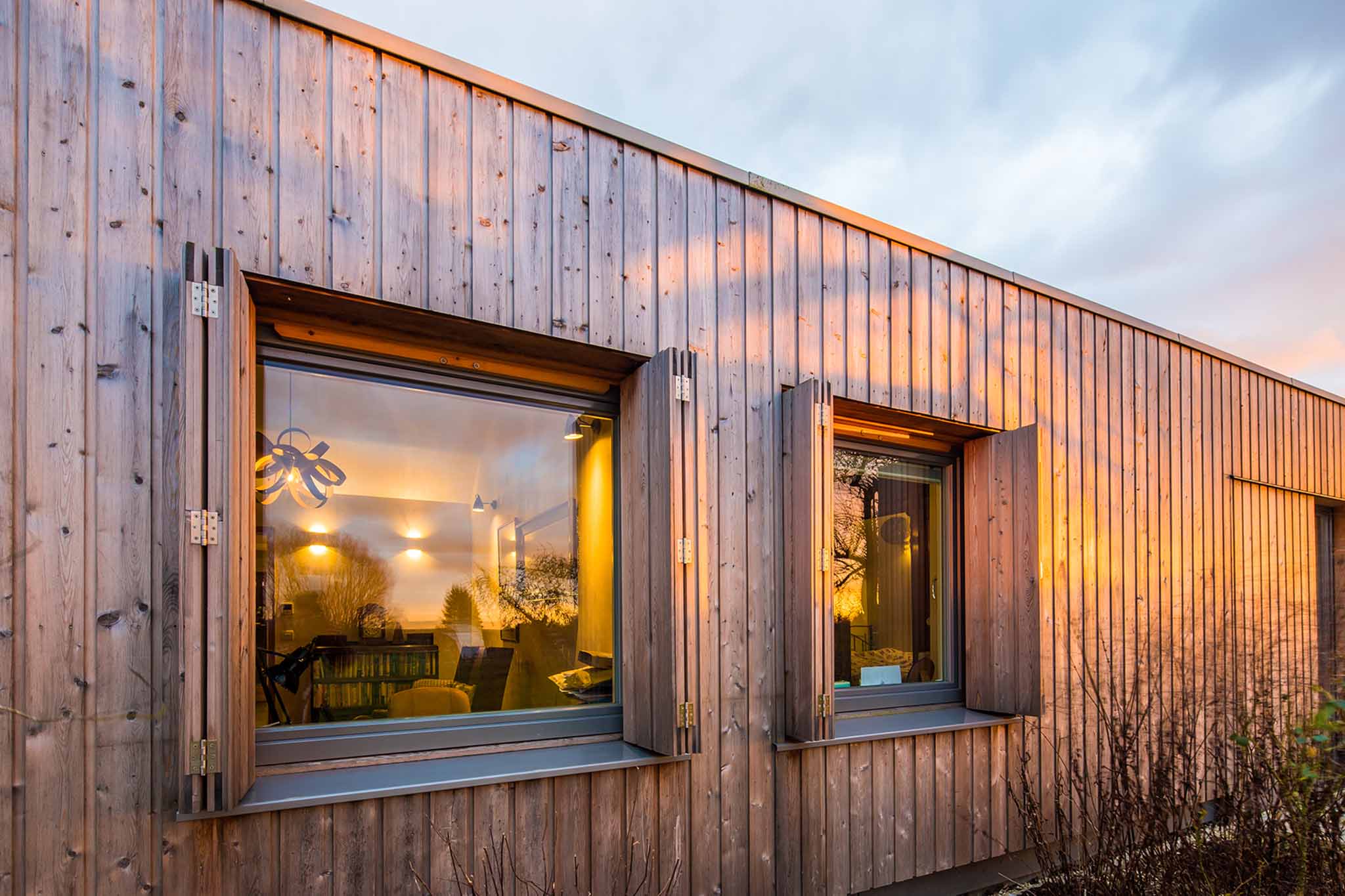
Superior Thermal Insulation
In most houses, 20-25% of heat is lost through windows and doors.
Using superior triple glazing with low U-values, homeowners benefit from lower energy bills and a noticeably more comfortable living experience, with no draughts, cold spots or condensation.
Many of Norrsken's triple-glazed windows have a U-value of less than 0.8 W/(m²K) – 50% better than the best double glazed windows.
Enhanced Noise Reduction
Triple glazing reduces noise by physically blocking sounds. Most customers report noticeably quieter homes with triple glazing installed.
In our laminated glass units, a thin layer of polyvinyl butyral resin (PVB) bonds glass sheets together. Originally used for safety and security, laminated glass also provides excellent acoustic performance by dampening sound waves.
Increased Security
All Norrsken’s triple-glazed windows and doors conform to PAS 24:2016 enhanced security performance requirements.
Key-operated, multi-point espagnolettes and multiple locking points to both windows and doors provide extra security and resistance to forced access.
For enhanced safety and security, we offer laminated glass as an optional upgrade for all Norrsken products used in new build projects. Enhanced security measures in windows and doors are one of our top trends to watch in 2025.
Condensation Reduction
Condensation occurs when warm, moist air comes into contact with a colder surface. Triple glazing creates a bigger barrier between warm air inside and chilly air outside.
This keeps the inside window surface warmer, reducing the chance of condensation. The extra air/gas gap acts like another insulator, slowing heat transfer and keeping the inside glass from getting too cold – another key factor in condensation.
Reduced UV Rays
Triple glazing offers increased protection against UV rays by the presence of three factors:
More barriers:
Each glass pane blocks some UV, and with three panes, there are more opportunities for UV rays to be blocked before reaching the interior of your home.
Selective coatings:
Some triple-glazed windows incorporate special coatings on one or more panes specifically designed to reflect or absorb UV radiation for even greater protection.
Gas fillings:
The inert gas between panes can also absorb some UV radiation.
Considerations
When choosing your windows and doors, you should take into account your whole-building thermal efficiency, budget, and noise concerns to make an informed decision.
High performance double-glazing can provide a useful alternatives to those considering triple glazing who feel it doesn’t suit their project requirements.
When you choose alu-clad timber triple-glazed windows and doors, you benefit from the charm and warmth of wood and the sleek, low maintenance needs of aluminium.
Norrsken double and triple-glazed windows are engineered for exceptional thermal performance, keeping your home comfortable and energy-efficient year-round.
Why wood?
Timber has been the material of choice for window manufacture for generations, and many timber windows are still in use that are more than a century old.
However, poor quality products produced in the building booms of the 50's and 60's made the arrival of "maintenance free" aluminium and later uPVC seem very attractive.
The problem, however, is not timber but material and manufacturing quality. Using stringent manufacturing methods along with dense slow-grown northern pine, we can provide a window that is both high performance and durable. Wood is stronger than uPVC and therefore it does not need a metal core, and has much better insulation values than either aluminium or uPVC. In fact, as a raw material, timber is around 800 times more effective as an insulator than Aluminium – meaning that it is very good at keeping heat in your home.
-
Engineered Timber
Norrsken windows are constructed using laminated or "engineered" timber.
This process enhances stability and durability, making the windows much less prone to movement. Pine used in Norrsken windows comes from the colder climates in Northern Europe. The resulting slower growth produces denser more durable timber. Even then, the selection process means that only 5% of each harvested tree is considered suitable for window production.
-
Alu-Clad
In most cases, windows are then fitted with a protective outer cladding of powder-coated aluminium, although we also supply all-timber windows.
Finished in the same way as a car body, this cladding layer adds the extra benefit of advanced weather protection for your timber, and is also extremely low maintenance. It also creates an aesthetically pleasing contemporary appearance.
Unmistakably trusted.
The highest compliment is a recommendation. These are the voices of those who placed their trust in us.
"Excellent Company from start to finish… If only every window supplier operated like this! I have used many others over the years on various projects but Norrsken far exceeded all of them… I hope this helps you make a decision for what is probably a large chunk of your budget… They are totally worth it"
Angela Smith
Self Builder
“Having used Norrsken in the past we were happy to recommend them to one of our clients who was looking for the best sound proofing and weatherproofing they could get being set on a hill top overlooking the sea and facing strong westerly winds. They were not disappointed. A quality product, delivered well and on time. Thankyou.”
Ken Pearson
Homeowner
"Fantastic professional service, from the original design to the final installation. The triple-glazed windows and doors that have been fitted to our new house are of a very high quality and look amazing. We definitely made the right choice when we decided to use Norrsken, nothing is too much trouble for them."
Nigel
Homeowner
"I did my research before contacting Norrsken but they had come highly recommended by our Architect for our Passive House self build.
From the first meeting with Nick we felt confident that they were the Company for us."
Ali and Brian Manning
Passive House Self Builders
“The quality of the triple glazed, alu-clad windows and doors is superb. They feel so reassuringly solid ... I opted for a wood stain for the internal finish on the frames, and am so glad I did, as it shows off the beauty of the wood perfectly. The whole process from order to installation went smoothly. I thoroughly recommend Norrsken.”
Gareth
Homeowner
"Norrsken provided attentive service from drawings to on-site installation for our project at National Trust Stourhead and we would definitely recommend and repeat commission them on future projects."
Charlotte Hill-Baldwin
Architect, H-B Designs
“From our very first interaction to the aftercare support, Norrsken has been exceptional. The quality of their windows is outstanding - beautifully designed, expertly crafted, and a real standout feature in our home. They've truly elevated the overall look and feel of the house.”
Neil Southwell
Self Builder Homeowner
“I can highly recommend Norrsken… After much research I found that Norrsken could beat all of the quotes for a high quality triple glazed option. The windows are beautifully crafted and have received lots of positive comments…. I found the whole team at Norrsken incredibly friendly and helpful…”
Douglas Munro
Selfbuilder
Climate change impact
In November, eyes across the world turned towards Glasgow and the COP26 summit as world leaders negotiated international strategies to limit the effects of climate change.
The Glasgow Climate Pact signed at the summit’s conclusion promises to “keep 1.5C alive” and “phase down” global reliance on coal power, but the consensus on its success is decidedly mixed.
As it stands, “the world is currently not on track to limit global warming to 1.5 degrees”, the goal agreed at the COP21 Paris Agreement in 2015. Projections based on current data predict a temperature increase of 2.4 degrees by 2030, a figure with disastrous implications for global weather systems and climate conditions in many countries. The summit covered a wide range of key considerations for countries and public sectors pledged to lower carbon emissions.
We focus on what 'net zero' really means for homeowners and builders.
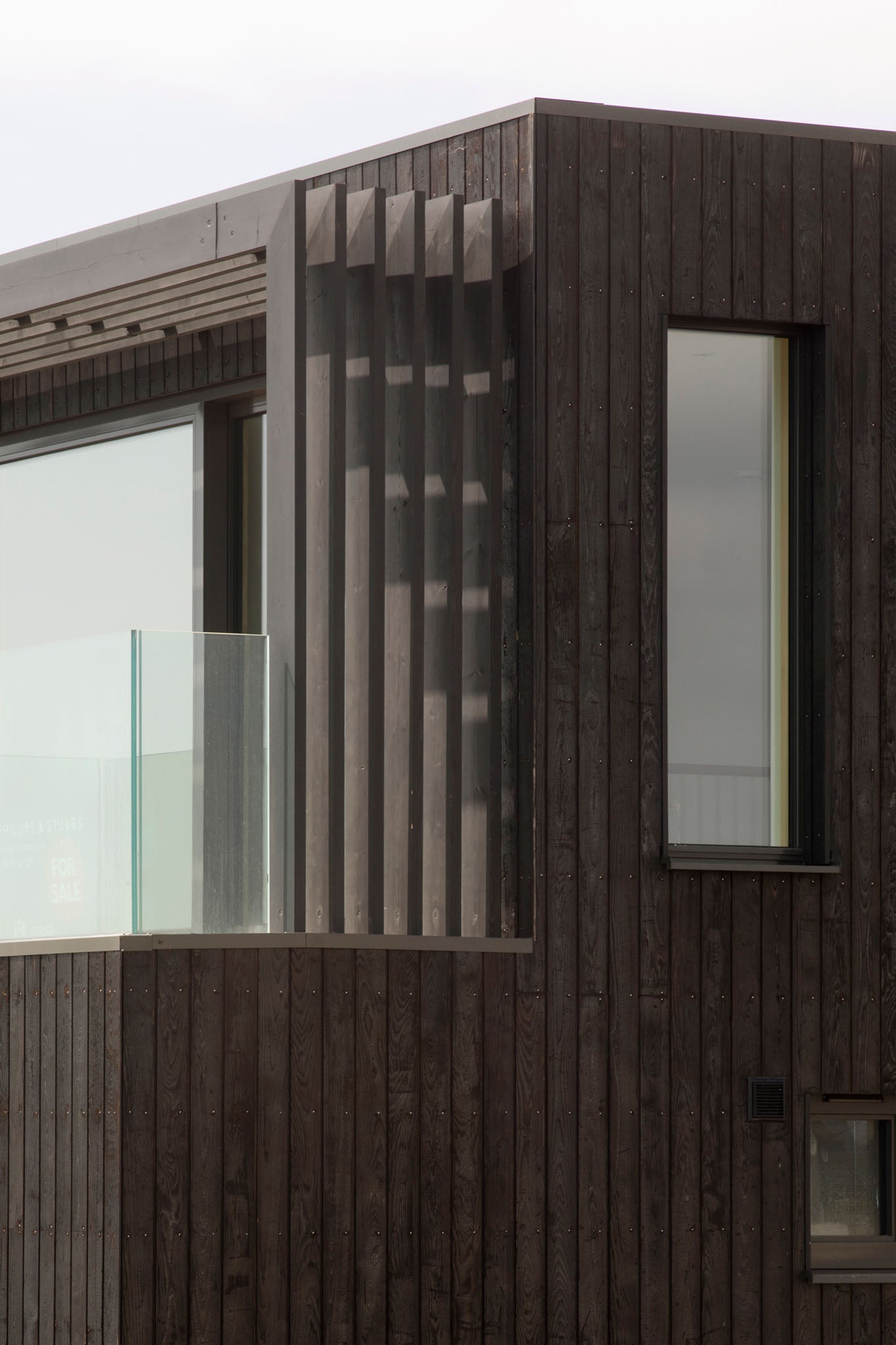
Construction sector
Thursday November 11th saw the focus on Construction, Cities and the Built Environment. Buildings – their construction, operation and heating – account for a hefty 39% of global carbon emissions, and the urban environment is only predicted to grow in the coming decades.
48% of emissions from buildings are generated from energy usage in existing homes – predominantly via fossil fuel boilers.
62% of energy usage emissions are produced by heating. (UKGBC). Roughly half the homes in the UK have uninsulated walls. It will be impossible to meet the UK’s 2050 Net Zero target without significant disruption to the way we build and heat our homes.
Ambitious? Yes – but in the last 30 years British governments have grown the economy by 78% while reducing emissions by 44% (Source: Climate Change Committee). That shows green growth is real.
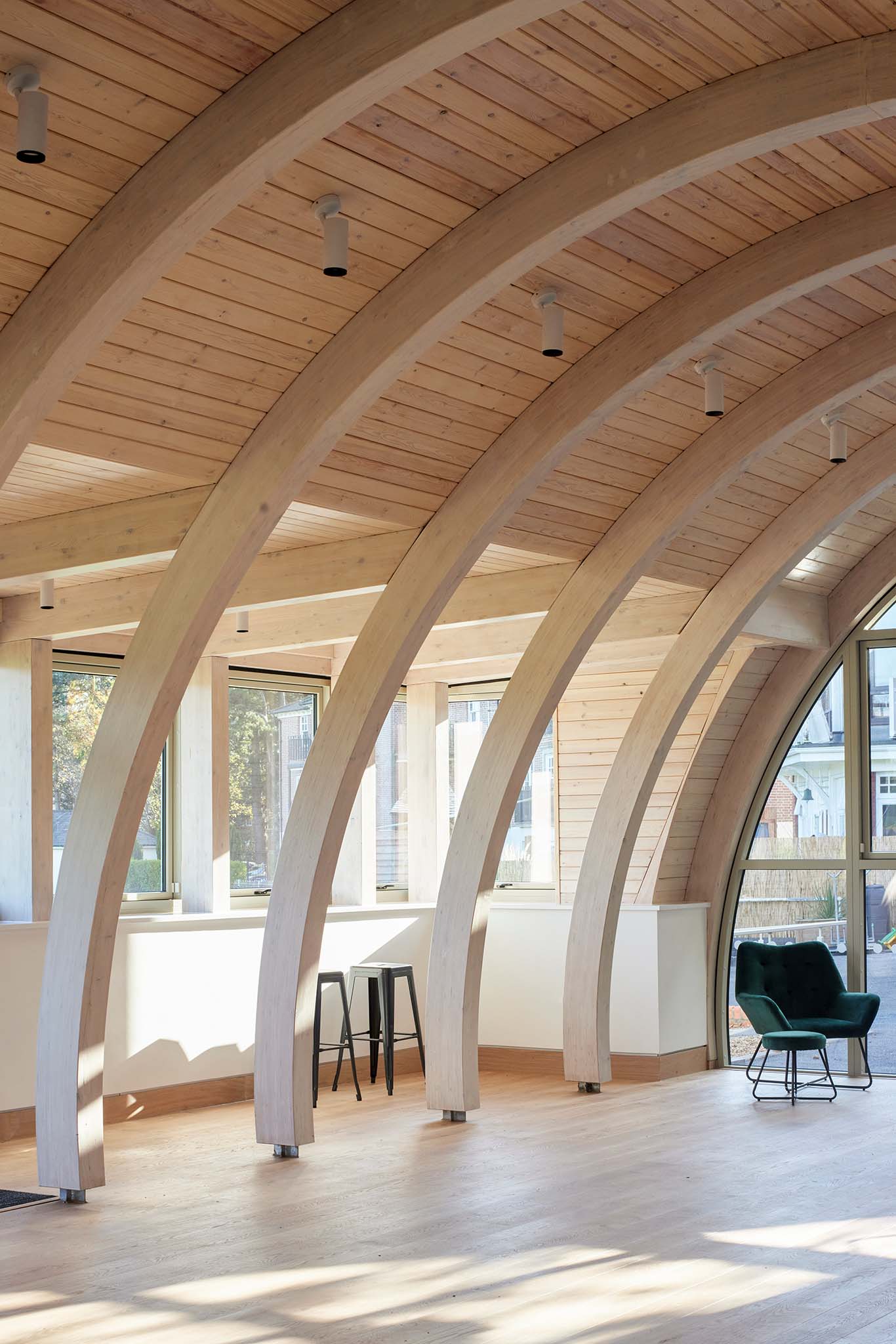
Net zero buildings
Net zero, in general, means that we produce less carbon than we remove from the atmosphere. The UK Green Building Council divides a ‘net zero’ building into two distinct definitions:
Construction energy
Carbon linked to the construction materials (“embodied carbon”), equipment and processes involved in development.
Operational energy
The daily emissions generated by lighting, heating, and, broadly, simply using the building stock.
What's the goal of Net Zero?
That carbon emissions associated with (a) construction stages up to practical completion and (b) functional energy use on an annual basis are zero or negative. This is achieved by using offsets, on-site or off-site renewable energy and designing highly energy efficient buildings from the building fabric to the heating systems, glazing and airtightness.
Creating low carbon homes
In new builds, the most effective way to achieve this is though energy efficient design. Existing dwellings should be upgraded in thermal performance through retrofitting, insulation and design alterations.
Here are some suggestions to lower your home's carbon emissions for the long term.
Collapsible content
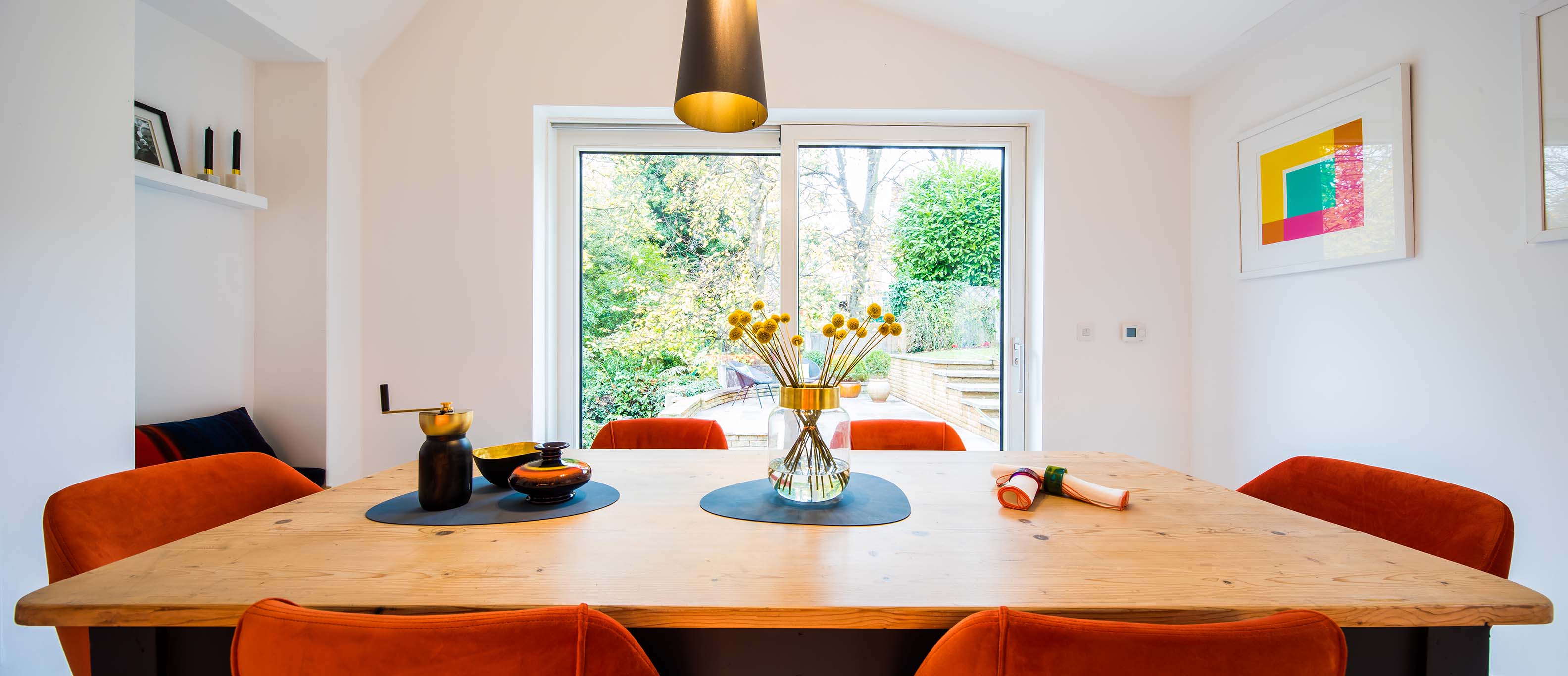
Low Energy Specification
The Future Homes Standard is expected to alter the current UK building regulations to reduce carbon by 70-80% in new homes by 2030.
Passive House (for new builds), EnerPHit and Energiesprong (for retrofits) offer clear, road-mapped ways to design, build and refurbish homes to low-carbon standards and significantly reduce the operational energy of homes. You can work with consultants from the Passive Institute to ensure the building meets its stringent performance requirements.
Improve Energy Usage
The Government plans to expand the use of Smart metres (SMETERS) that allow you to modify the temperature settings of your home.
Improving insulation in floors, roofs and other easy-to-access areas are available to many homeowners. You can expect greater emphasis on measuring the in-use performance of all homes in the coming years.
Upgrade Heating Systems
Replacing the heating system of existing houses is key to reducing operational energy of the UK’s housing stock.
Gas boilers, which currently heat 85% of UK homes, will be outmoded by 2025 in favour of heat pumps, considered the most energy efficient low carbon heat source.
Retrofit
Retrofitting existing homes to be more energy efficient extends their lifespan and avoids the significant uplift in embodied carbon created in replacing old buildings with new.
Embodied carbon refers to the CO2 created in producing materials. It includes transportation, extraction and production of materials and is responsible for roughly one third of carbon from the built environment. Embodied carbon can be mitigated by wider emphasis on reusing building materials and structures rather than rebuilding from scratch.
Green Leases
Make public commitments to only taking ‘green leases’ or occupying low carbon spaces (considerations might include being fossil fuel-free, provision of 100% additional renewable energy, waste reduction or management, water efficiency etc.).
Both owners and occupiers can take responsibility for the sustainable operation and occupation of a property. UKGBC envisions that by 2025 only green leases will be accepted.
Useful links
-
COP
VISIT SITECOP stands for Conference of the Parties. It is an annual conference between signatories of the United Nations Framework Convention on Climate Change (UNFCCC) – 196 countries and the EU. Read the full programme.
-
Net Zero Pledges
VISIT SITEClick here for a helpful guide to the climate pledges of each country, evaluated according to plans, policy level and coverage.
-
Road to Net Zero
VISIT SITERead the UKGBC’s detailed overview of the Road to Net Zero for the built environment. They have developed suggested action plans for stakeholders – developers, occupiers, architects and more.
-
Net Zero Toolkit
VISIT SITEClick here for an easy-to-understand toolkit to work towards Net Zero, for building professionals and homeowners.
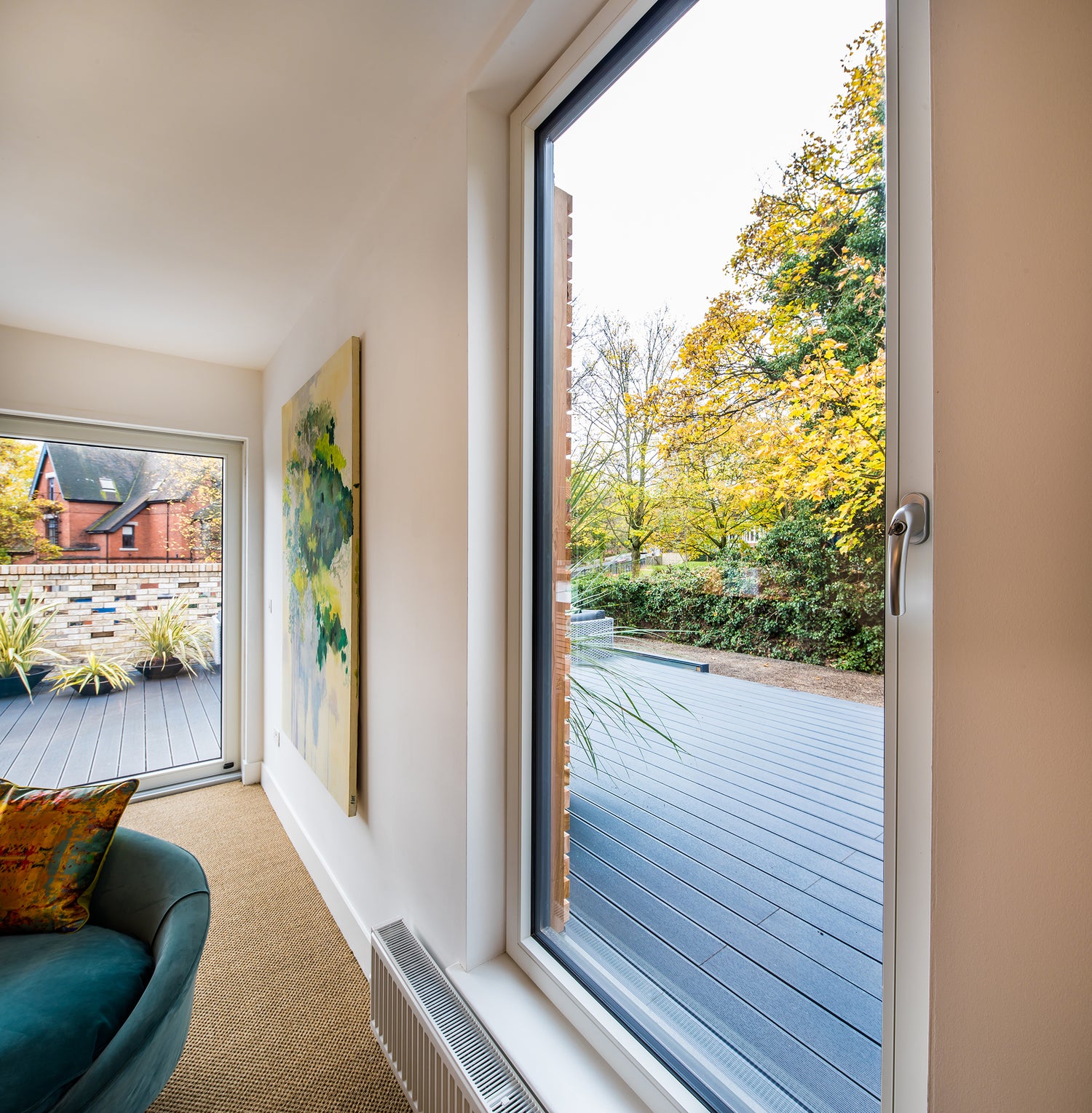
Choose Your Windows
Find the perfect windows for your project using our advanced selector tool to filter by performance, materials, and opening styles.
Compare U-values, select timber or alu-clad frames, filter by passive house suitability, and explore opening types from fixed to tilt & turn. Our intelligent selector helps you discover windows that match your exact specifications.
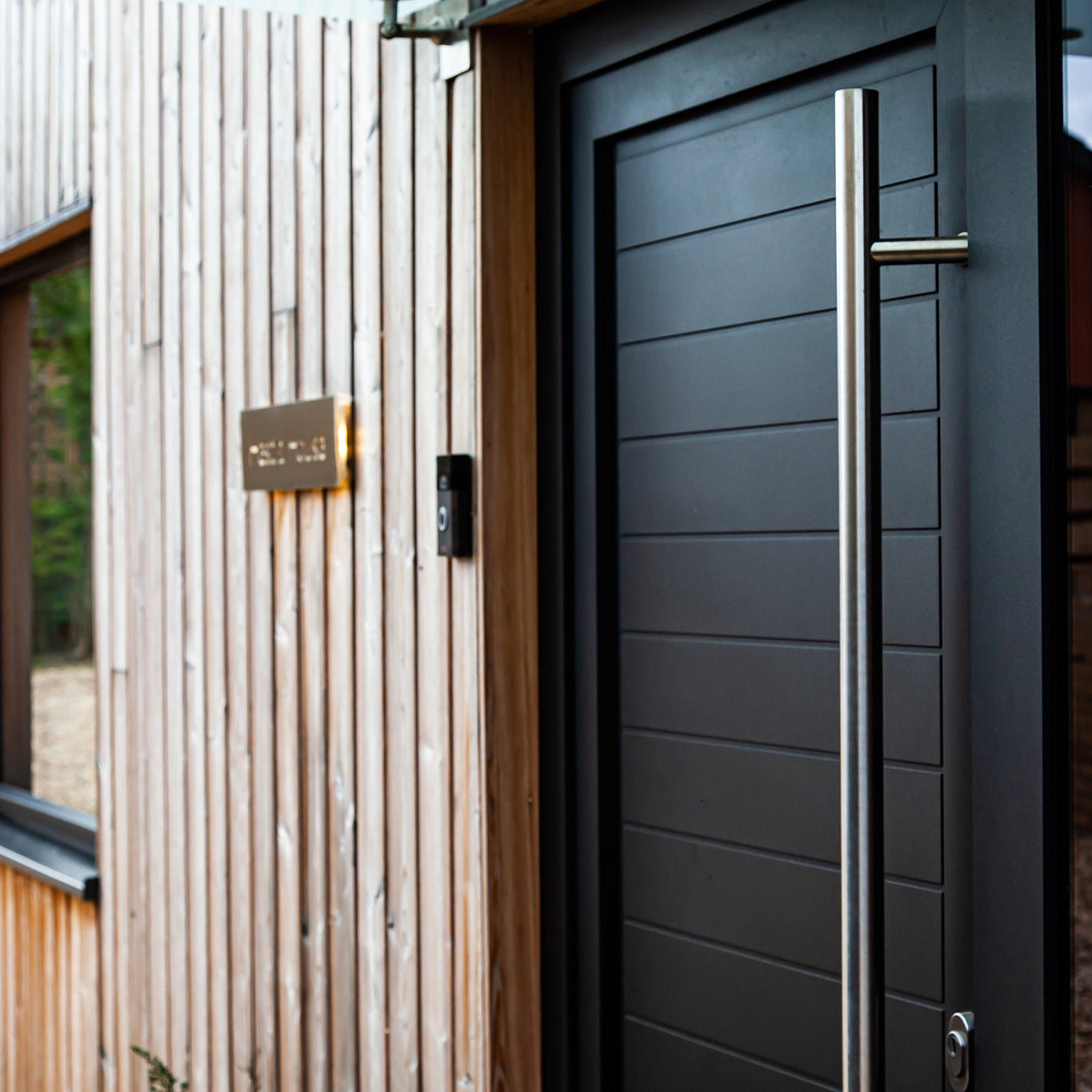
Find Your Doors
Discover your ideal door solution with our comprehensive selector tool featuring performance filters and style customisation options.
Filter by thermal performance, frame materials, glazing options, and design preferences to find doors that perfectly balance aesthetics with energy efficiency. Compare specifications and explore our complete range.






